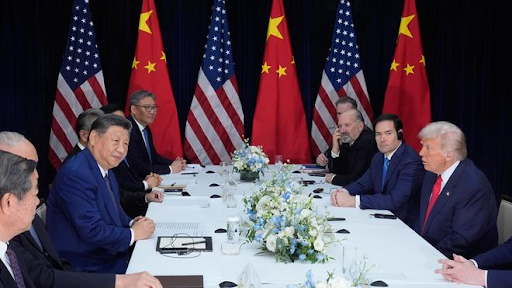




Copyright infringement not intended
Picture Courtesy: https://indianexpress.com/article/business/india-eases-investor-dispute-arbitration-norms-for-uae-under-new-investment-treaty-9608667/
The India-UAE Bilateral Investment Treaty (BIT) replaced the 2014 India-UAE Investment Treaty.
They are international agreements that protect investors from one country investing in another (the host state). It encourages foreign investment in the host country and holds it accountable for its treatment of foreign investors in line with treaty standards.
It allows investors to access international arbitration, which transfers disputes from host nation courts to a neutral forum and ensures that arbitration awards are enforceable in over 170 countries that have ratified international treaties such as the New York Convention (India signed in 1958).
|
India signed its first two BITs in 1994, with the United Kingdom and Russia, and within the next 2 decades signed with 83 countries and regions. After 2015, India signed only four new BITs, and has terminated 76 of its 83 bilateral investment treaties and asked for renegotiations based on the 2015 model treaty. |
In 2015, India revised its model BIT in response to claims and disputes arising from existing BITs. It introduced changes including:
|
The Most Favored Nation (MFN) principle is a core principle of the World Trade Organization (WTO) that requires countries to treat all WTO members equally. This means that countries must apply the same tariff and regulatory treatment to "like products" as other WTO members. |
It replaced the Bilateral Investment Promotion and Protection Agreement (BIPPA) of 2013 to encourage deeper economic cooperation between the two countries.
It protects foreign investments while maintaining the host country's regulatory authority.
It aims to increase bilateral trade and investment, with a goal of reaching $100 billion in bilateral trade by 2030.
It encourages infrastructure development, including digital and payment platforms, and strengthens industries such as food processing and logistics.
It protects investors' assets and investments in line with international law.
Investors are entitled to equal treatment with local investors.
It prohibits arbitrary or discriminatory treatment by the host state.
The treaty's provisions do not apply to certain areas, such as taxes and subsidies.
It reduces the five-year exhaustion period for local remedies (as per the 2015 Model BIT) to three years before an investor may seek international arbitration.
It prohibits third-party funding in investor disputes, in line with India's public policy principles on competition and maintenance.
The Bilateral Investment Treaties (BITs) 2024 aims to promote greater foreign investment and trade through more flexible provisions, such as changes to the Model BIT's rules, and will serve as a model for India's ongoing free trade agreement (FTA) negotiations with other countries such as the United Kingdom and the European Union.
Must Read Articles:
BILATERAL INVESTMENT TREATY BETWEEN INDIA AND UNITED ARAB EMIRATES
INDIA UAE COMPREHENSIVE ECONOMIC PARTNERSHIP AGREEMENT
Source:
|
PRACTICE QUESTION Q.Critically analyze the significance of the India-UAE Bilateral Investment Treaty (BIT) in strengthening strategic ties between the two countries. (150 words). |




© 2026 iasgyan. All right reserved